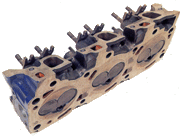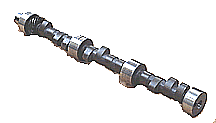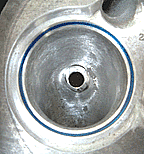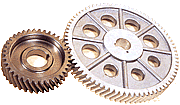Camshaft The Essex can suffer from camshaft breakage due to front bearing wear. Martin finds people never change its bearings, but the front one wears badly, particularly if you're using steel timing gear. It's worth monitoring and replacing, otherwise you can lose the front of the camshaft.When it comes to upgrading your cam, Martin recommends that you go for one below what you're thinking of. Coupled with some induction work, a cam is still one of the first steps you should take. Car Clinic will supply you with anything from Fast Road to a race cam - brand-new, not reprofiled.
It's worth monitoring and replacing, otherwise you can lose the front of the camshaft.When it comes to upgrading your cam, Martin recommends that you go for one below what you're thinking of.
Camshaft
The Essex can suffer from camshaft breakage due to front bearing wear. Martin finds people never change its bearings, but the front one wears badly, particularly if you're us
Coupled with some induction work, a cam is still one of the first steps you should take. Car Clinic will supply you with
anything from Fast Road to a race cam - brand-new, not reprofiled.
ing steel timing gear.
but it's actually the original. These were good in the '7Os, but you can get better now. There are three types:- one made to the '7Os standard (budget); one made to Ford's contemporary standards; and a competition one. The latter is only really needed on a true race engine with an 11:1 compression ratio.
Another thing to take care of is the timing gear. Alloy gear from Car Clinic is 2 lb lighter than the steel variety and 22 ounces lighter than standard.
Always remember to change both gears. Often people will just change one, so they wear unevenly.








